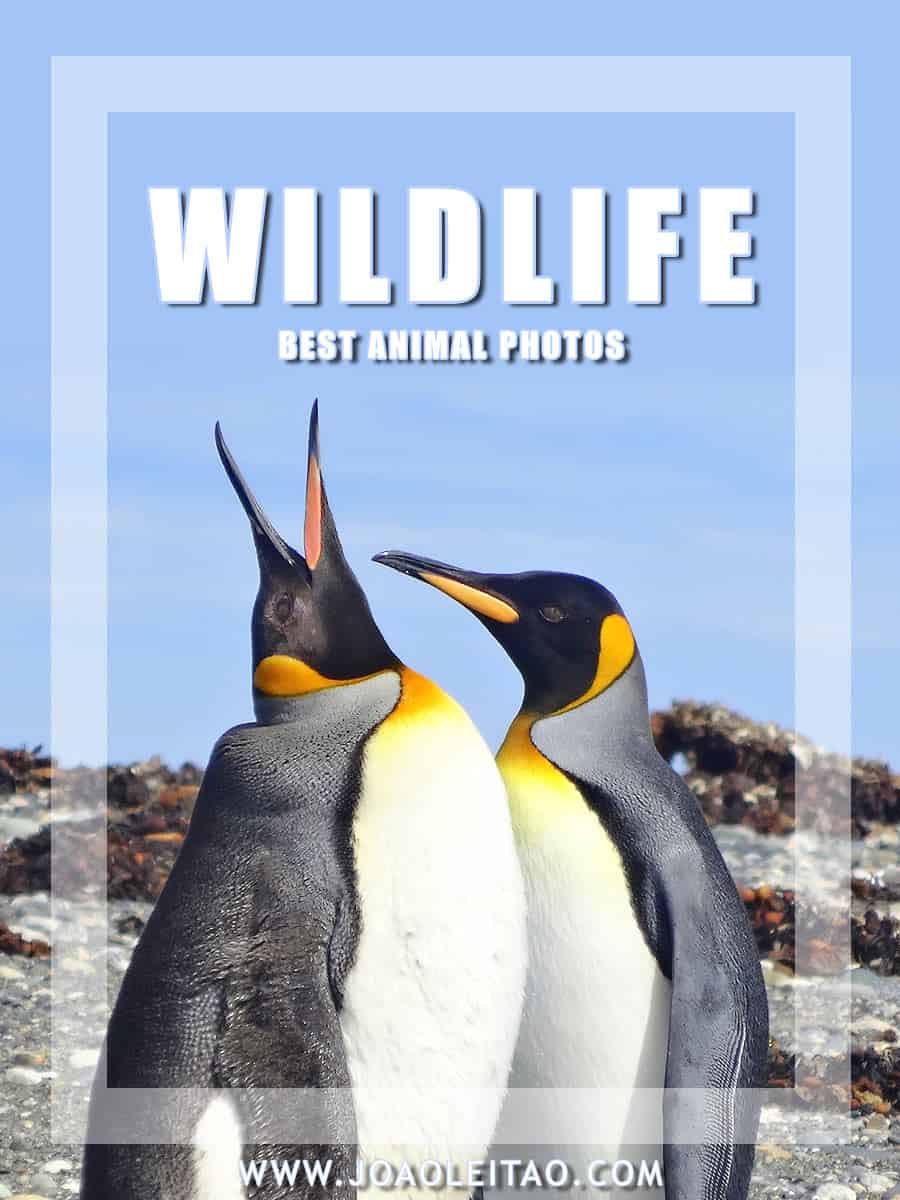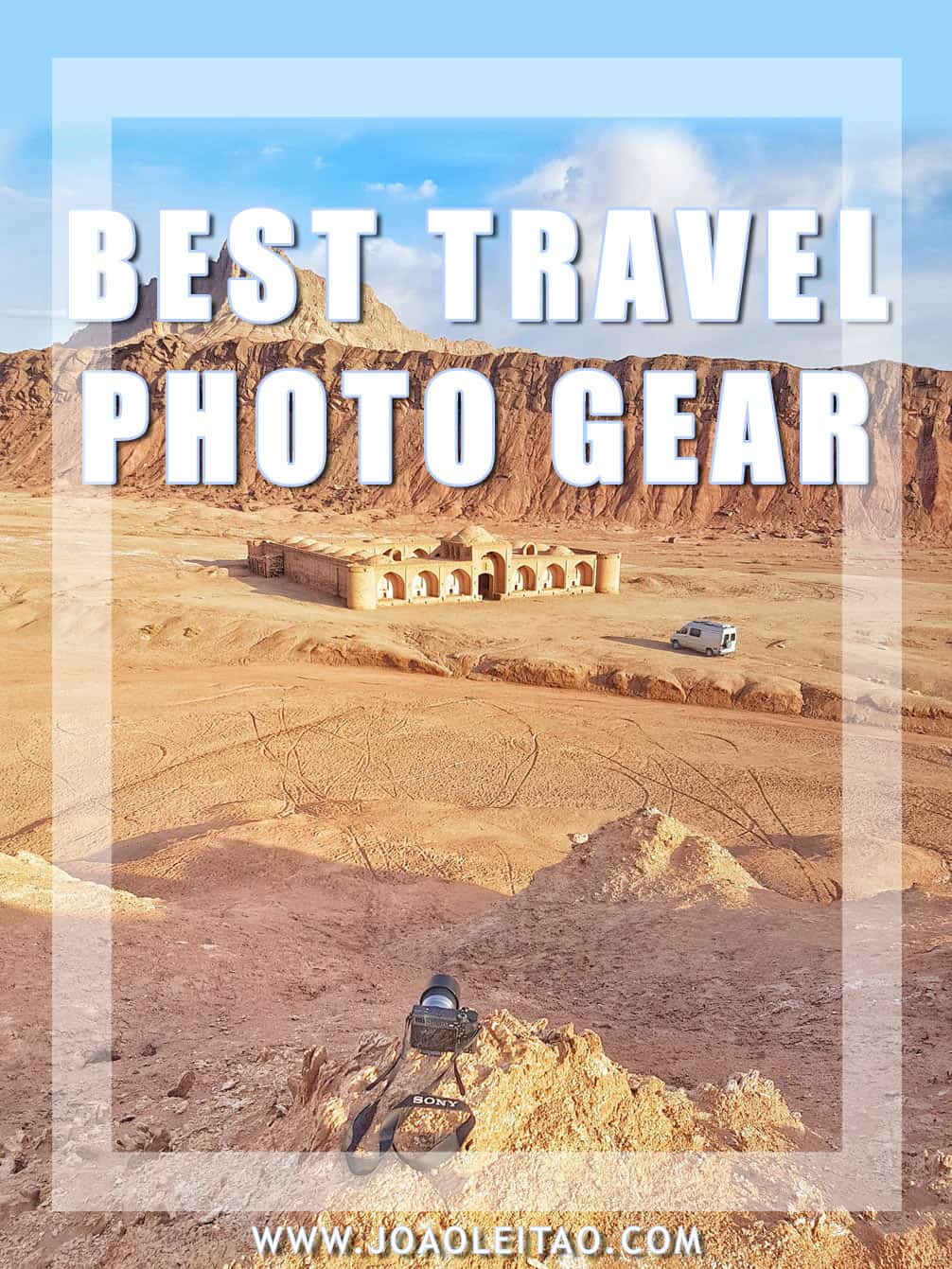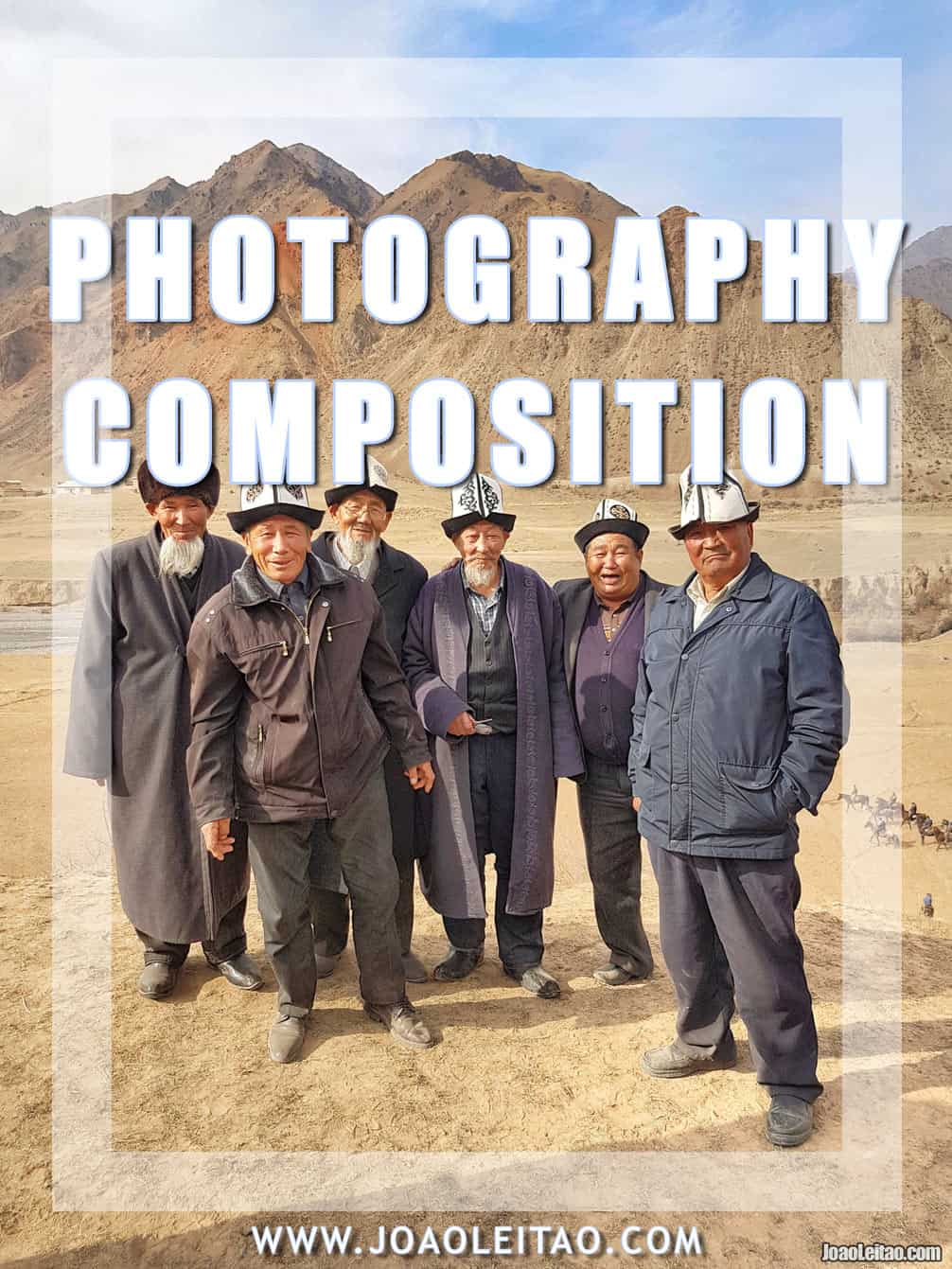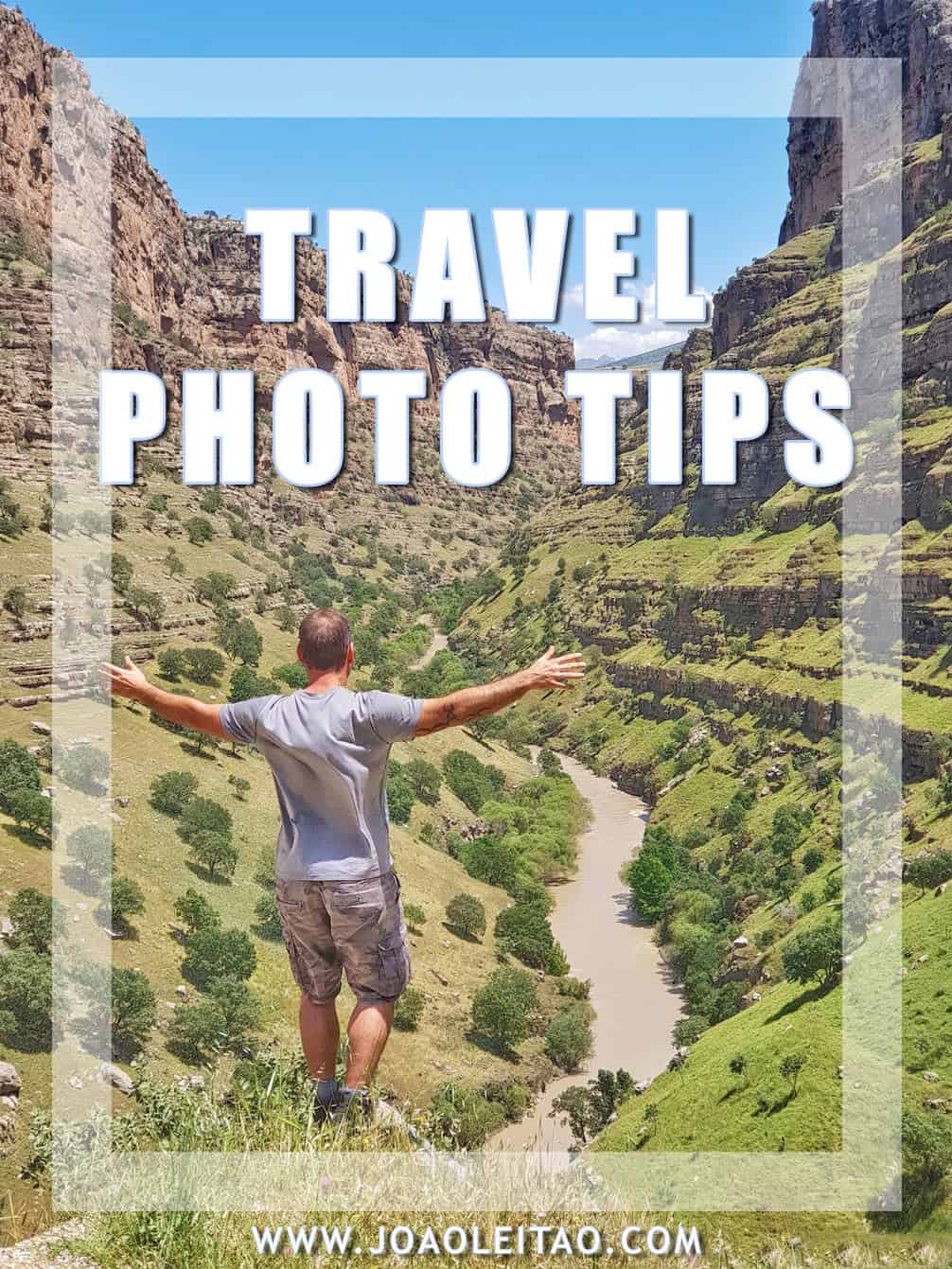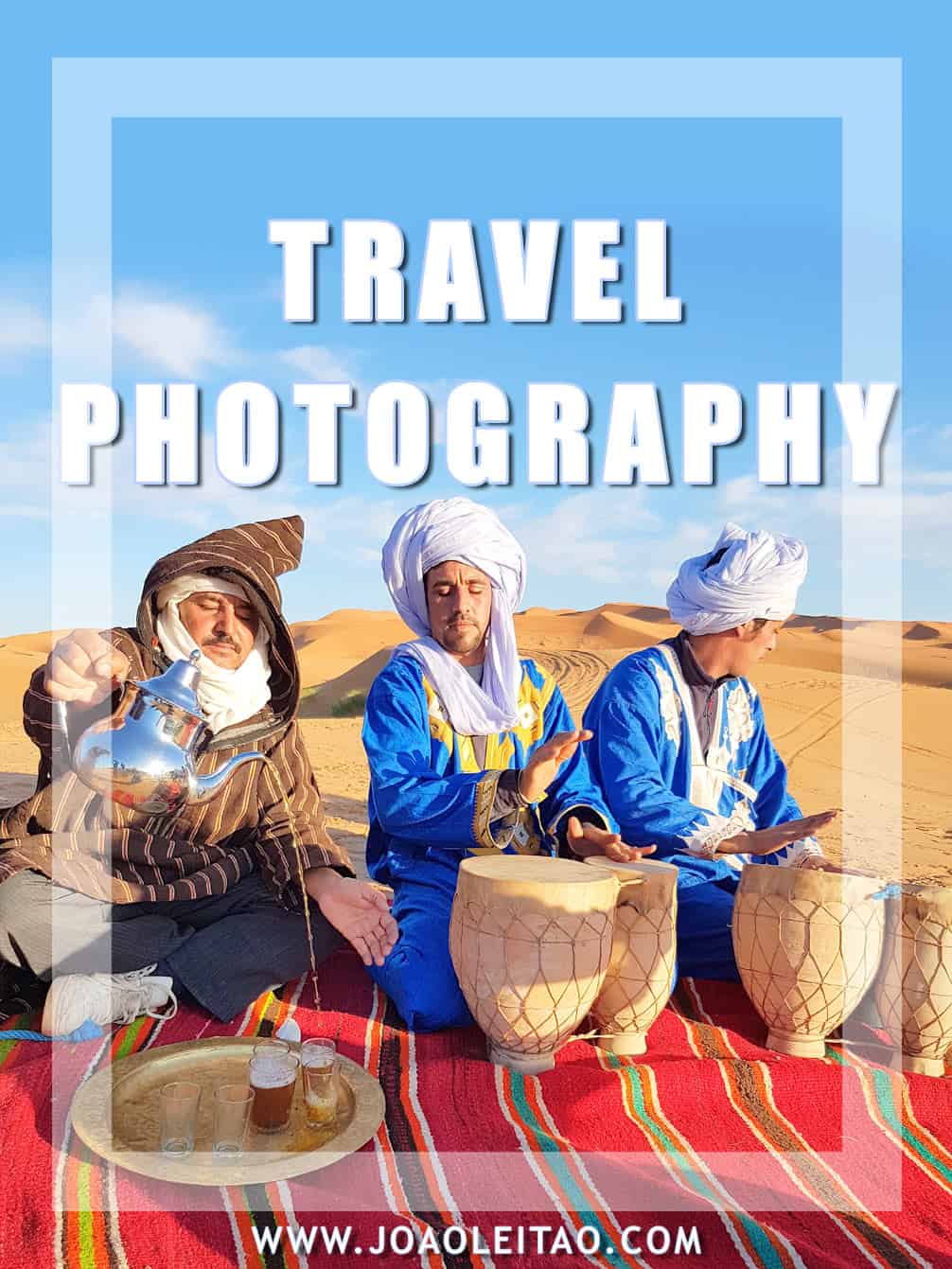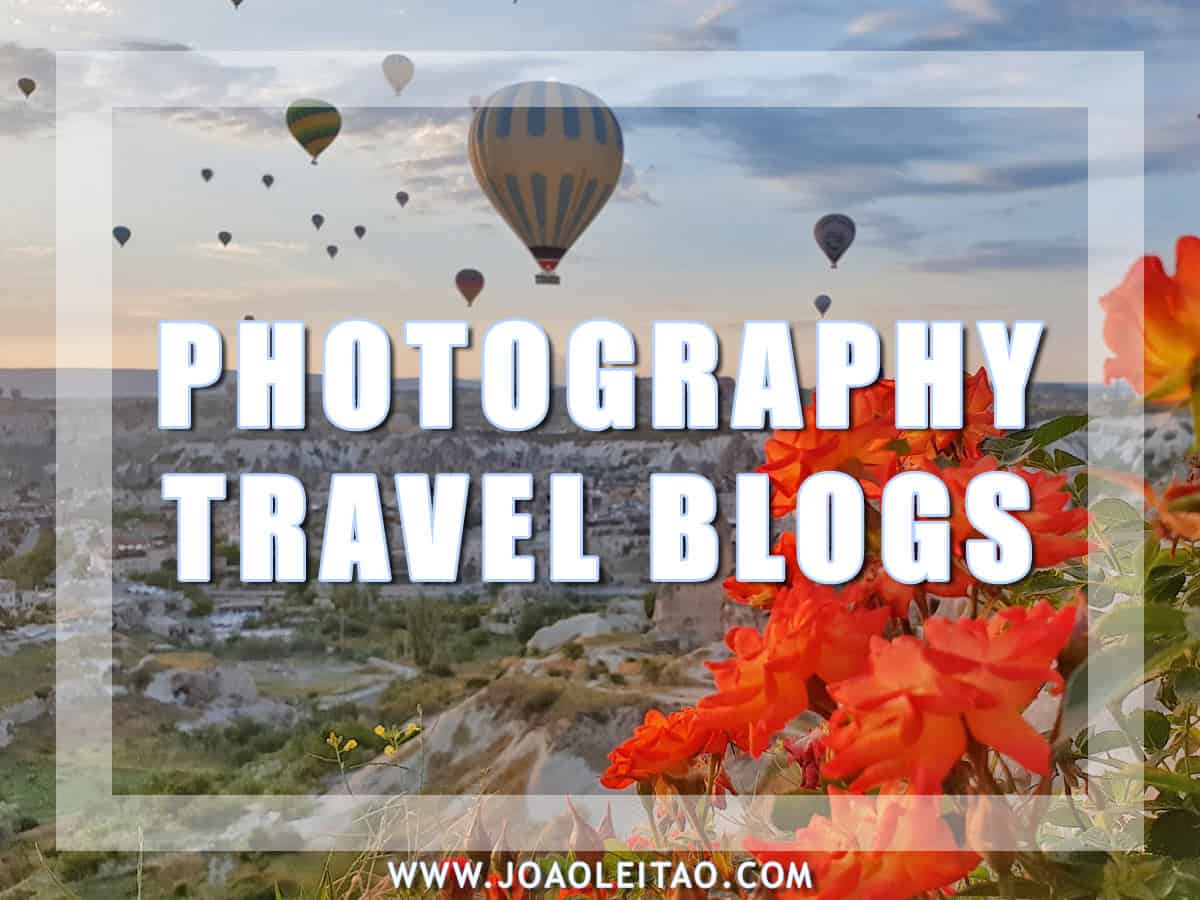Travel photography
As a travel photographer, I have learned a lot of valuable lessons over the years about how to capture the best shots of the places I visit. In this guide, I will share some of my personal experiences and tips for taking great travel photos, as well as some recommendations for the best photo gear to use. Discover how to get picture location with this advanced photo mapping service.
One of the most important aspects of travel photography is composition. This refers to the way that elements in the frame are arranged, and it can greatly affect the impact of a photograph. Some tips for good composition include using the rule of thirds, leading lines, and negative space. The rule of thirds involves dividing the frame into nine equal parts and positioning the main subject along one of the lines or at the intersection of them. Leading lines are elements in the frame that draw the viewer’s eye towards the main subject, such as a road or a fence. Negative space is the area around the main subject that helps to create balance and visual interest in the photograph.
Another important factor in travel photography is the use of light. Natural light is generally the most flattering and versatile, and it is important to pay attention to the direction, intensity, and quality of the light when taking photos. Golden hour, which is the time just before sunrise or just after sunset, is often considered the best time for photography due to the warm, soft light that it provides.
When it comes to photo gear, there are a few key items that I always bring with me on my travels. First and foremost, a good quality camera is essential. I personally prefer a DSLR or mirrorless camera, as they offer a wide range of manual controls and interchangeable lenses. In addition to the camera, a tripod can be very useful for keeping the camera steady in low light conditions or for capturing long exposures. Finally, a good set of lenses is crucial for capturing different types of shots, such as wide-angle landscapes, telephoto details, or portraits.
In conclusion, travel photography is all about capturing the essence of a place and the emotions it evokes. By paying attention to composition, light, and gear, you can take photos that truly stand out and tell a unique story. I hope these tips and recommendations have been helpful, and I wish you all the best.
About this photography guide:
The page titled “Travel Photography for Beginners” is a resource for those interested in learning more about the art of travel photography. The page is authored by Joao Leitao, a professional travel photographer with years of experience capturing stunning images of destinations around the world.
The page begins with an introduction to travel photography and its unique challenges and rewards. Leitao notes that while travel photography can be a rewarding and fulfilling hobby or career, it also requires patience, practice, and a willingness to take risks and step outside of one’s comfort zone.
The guide then goes on to provide a range of tips and techniques for improving one’s travel photography skills. These include advice on composition, lighting, and the use of different lenses and camera settings. Leitao also provides insights on how to capture candid and spontaneous shots of people and places, as well as how to create visually interesting compositions that tell a story.
In addition to these tips, the page includes a number of helpful resources, including links to articles, videos, and other guides that provide more in-depth information on travel photography. There are also links to Leitao’s own photography portfolio, as well as information on how to book a workshop or private coaching session with him.
Overall, the “Travel Photography for Beginners Guide” is a comprehensive and informative resource for those interested in learning more about this exciting and rewarding field. Whether you are an amateur photographer looking to improve your skills or a seasoned pro seeking new inspiration, this page is sure to have something for you.

